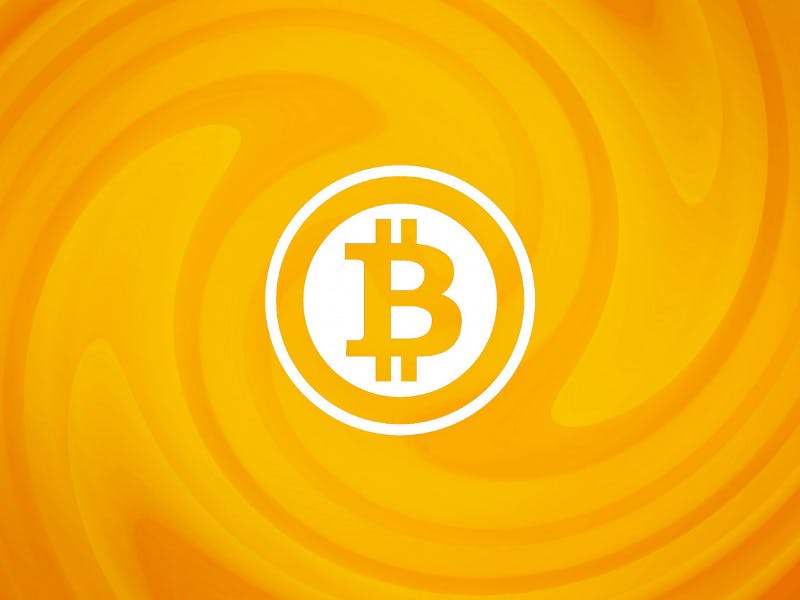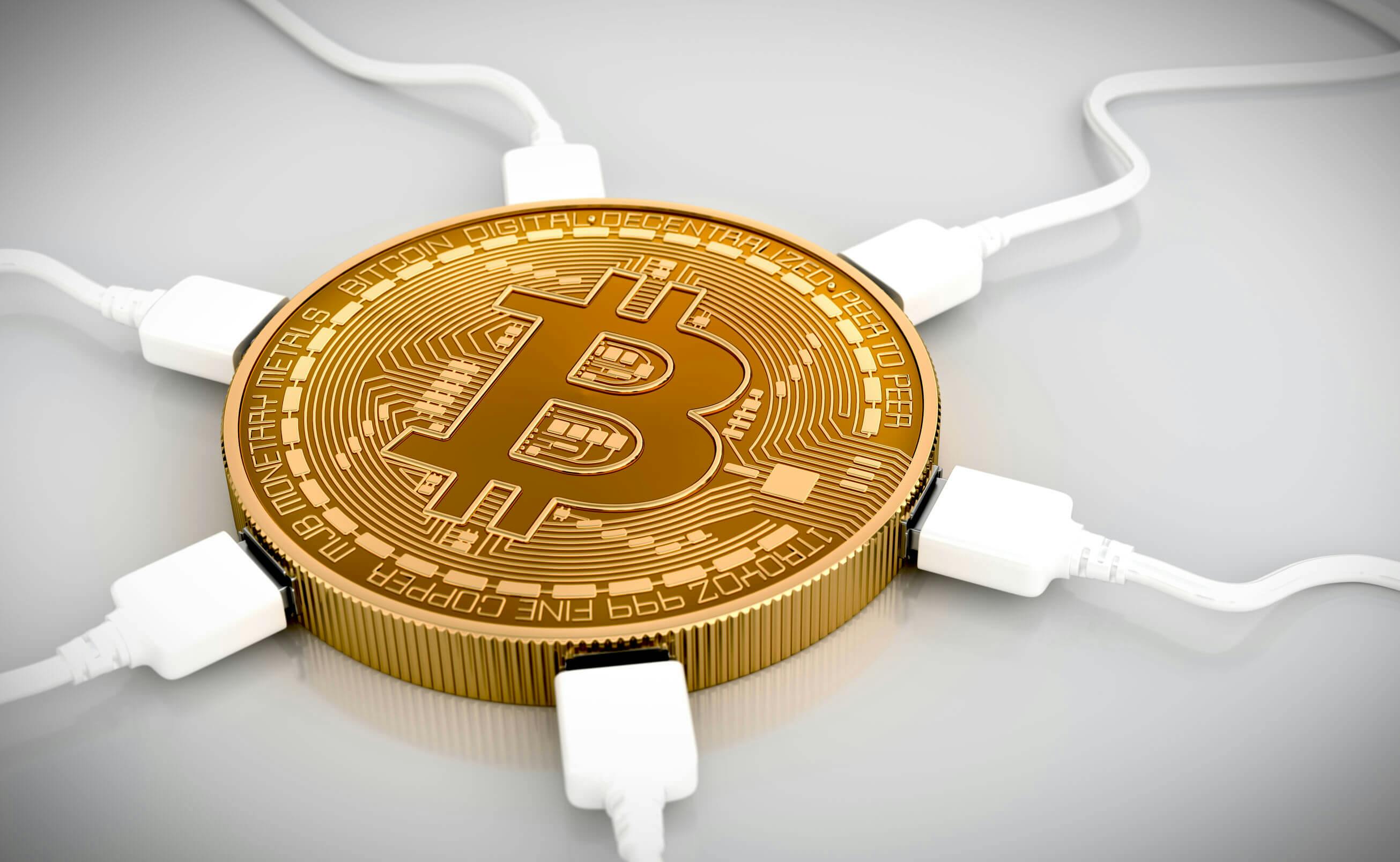
- All
- Tools
- Analytics
- Technical Analysis
- Trading
- Blockchain
- DeFi
- Guides
- Company News
- Educational
- Opinion
- Price Predictions
- Market News
- News
- Trading cases
- Practical guides
- Exchanges
- Trading signals
- Cryptocurrency
- Crypto bots
- Other
Become a crypto master
Learn everything about crypto,
trading and bots

Centralized lending and borrowing platforms
Start Trading on 3Commas Today
Get full access to all 3Commas trading tools with free trial period

Over the past several months, our team has been covering the protocols and applications that are gaining momentum as a part of the decentralized finances (DeFi) sphere. Although this sector is certainly worth looking into, we also wanted to devote some time and highlight several major centralized platforms (CeFi) offering similar financial services, especially those which are related to borrowing and lending.
DeFi and CeFi platforms play an important role in serving the market today. Each platform has its own strengths and weaknesses.
Compared to its DeFi counterparts, CeFi platforms have the following disadvantages:
– They require users to disclose personal information during registration. The process can be lengthy. For example, BlockFi requires a Social Security number for U.S. residents and potential borrowers.
– The loan application is subject to approval
– CeFi offers are not available to everyone. For example, it will not be possible to open a BlockFi interest account if you are a New York resident.
– These platforms are less transparent and usually have longer billing periods.
– CeFi platforms are also custodial.
However, centralized borrowing and lending platforms offer certain advantages over their DeFi analogs, many of which are aimed at the institutional user base. Naturally, this led to the emergence of platforms for various types of market participants based on these characteristics. For example, CeFi platforms are probably the first choice for institutions whose priority attributes are communication with a counterparty, customer support, and regulatory requirements compliance.
The purpose of this article is to highlight the main CeFi platforms and describe the features of the services they provide.
Use cases
– Deposit accounts paying interest: users can position their cryptoassets and start earning interest on their balances. This can be especially attractive for investors who want to hold certain assets for the long term, as well as passively earn income from invested funds while receiving competitive rates.
-Secured loan: users can take a loan secured by their cryptoassets to unlock liquidity without having to sell their position. With a loan received, the borrower can use leverage to speculate on the market or to cater to personal needs.
Key Advantages
– Support and insurance: in case of a collapse or a hack, users have the right to contact the legal entity of the platform. Besides, such platforms usually insure the deposits.
– Regulatory compliance: most CeFi platforms are regulated and follow respective procedures, such as KYC.
– Fiat currency loans: some platforms such as Nexo and BlockFi denominate their loans in fiat. This sets them apart from platforms like Maker, which provides loans in DAI.
– Dedicated customer support: these platforms typically have particular customer support teams that can help improve the user experience.
– Cross-chain support: since DeFi applications are primarily built on Ethereum, the borrowing and lending of an asset like BTC can be tricky, although WBTC can be used. CeFi platforms support borrowing and lending across multiple networks.
BlockFi
The company raised $81 million from such investors as Coinbase Ventures, Galaxy Digital, Fidelity and Valar.
BlockFi offers flexible interest rates or the ability to open an interest account using one crypto asset, and earn interest in another one. The platform uses Gemini as its guarantor, whose commercial crime insurance policy is several times the amount of funds stored online in a hot wallet.
Borrowing
Collateral accepted: BTC, ETH, LTC
Minimum loan amount: $5,000
Accessible loan: maximum 50% of the value of the collateral asset
Interest rate: starts at 4.5%
Loan maturity: 12 months
Redemption: early payment is possible
Margin requirements: first occurs at 70% LTV (Loan-to-Value ratio), in this case the user has up to 72 hours to place additional security. If LTV reaches 80%, then part of the security is automatically sold to bring the LTV back to 70%
Lending
Deposits available: BTC, ETH, GUSD
Minimum deposit: no
Fees and commissions: one free withdrawal per month, 0.0025 BTC/0.0015 ETH fees after
Interest paid: users select the asset which they prefer receiving interest in (BTC, ETH, GUSD)
Payment terms: beginning of each month
Interest rate: ranges from 0.5% to 8.6% per annum. Various multilevel interest rates depending on assets and amounts
Celsius Network
80% of the total income is returned to the CEL token holders weekly. The remaining 20% is used to finance operations, business development and repurchase of CEL tokens.
Users also get a 30% discount if they use CEL to pay commissions.
In addition to loans and credits, the company has a CelPay application, which makes sending crypto assets simple with the help of SMS or email.
Celsius uses BitGo as its guarantor, whose insurance policy provided by Lloyds equates to 100 million dollars.
Borrowing
Collateral accepted: BTC, ETH, BCH, XRP, LTC, DASH
Minimum loan amount: $1,500
Accessible loan: maximum 50% of the value of the collateral asset
Interest rate: depends on the asset, LTV and whether the payment is made with the CEL token
Loan maturity: 6 months, 1 year, 2 years or 3 years
Margin requirements: thresholds not specified
Lending
Deposits available: ETH, BTC, DASH, BCH, LTC, ZEC, CEL, BTG, XRP, OMG, TUSD, GUSD, PAX, USDC, DAI and ZRX
Minimum deposit: no
Fees and commissions: no
Interest paid: in the same asset or in CEL tokens (interest is higher if paid in CEL)
Payment terms: weekly
Interest rate: up to 7.5% depending on the crypto asset.
Nexo
Nexo pays 30% of net profit in the form of dividends, which are available to all NEXO token holders. Similar to Celsius, token holders receive certain benefits. Users receive a 50% discount on interest payments when repaying with NEXO tokens or using it as collateral.
Nexo supports fiat loans in more than 45 fiat currencies.
The company claims that they processed over $700 million in loans for more than 200 thousand users.
Nexo uses BitGo as its guarantor, whose insurance policy provided by Lloyds equates to 100 million dollars.
Borrowing
Collateral accepted: BTC, ETH, NEXO, BNB, XRP, LTC, TRX, XLM, BCH, ADA, DASH, EOS, ETC, IOTA, KIN, XMR, NEO and others
Minimum loan amount: no
Accessible loan: LTV interest rates for each asset are dynamically determined by Nexo Oracle algorithms. The company claims that it is around 50% for BTC and ETH
Interest rate: 5.9% if payment is made in NEXO tokens, otherwise it rises to 11.9%
Loan maturity: up to 12 months, but the loan can be extended without repayment
Margin requirements: thresholds not specified
Lending
Deposits available: USDT, TUSD, USDC, PAX, DAI, BTC, ETH, XRP, EOS, LTC, BCH, XLM
Minimum deposit: no
Fees and commissions: no
Interest paid: in stablecoins, BTC or NEXO depending on the region
Payment terms: daily
Interest rate: up to 10% per year for stablecoins, up to 5% per year for other assets
Binance
In the summer of 2019, Binance opened a deposit program for its customers. Initially, only in the margin trading section of the platform offered funds to be borrowed, but a few months ago Binance introduced loans secured by crypto assets right from the exchange. Binance is developing its products in anticipation of the needs of the market and the users’ demands. The company’s ecosystem includes dozens, if not hundreds of interconnected services, and the exchange used an opportunity to provide such an awaited service as lending.
Borrowing
Collateral accepted: BTC, ETH, XRP, LTC, BCH, EOS
Minimum loan amount: 100 USDT/BUSD
Accessible loan: up to 65% of the value of the collateral asset
Interest rate: from 11.13%
Loan maturity: 7 – 90 days
Margin requirements: 75% for margin call, 83% for liquidation
Lending
Deposits available: USDT, BNB, BTC, BUSD, ETH, EOS
Types: Binance offers flexible deposits (refund at any time,
low interest rates) and fixed-term deposits (higher interest rates)
Minimum deposit: no minimum deposits, there is a maximum limit on the deposit size per person per day
Fees and commissions: withdrawal fee
Interest paid: in the deposited asset
Payment terms: daily on flexible deposits, at the end of the term for the fixed-term deposits
Interest rate: depends on the asset and type of deposit
Our Takeaway
As we can see, the leaders of the centralized crypto-loan market use similar work models. However, BlockFi is the only platform that offers an opportunity to receive interest in assets other than deposited, Binance uses its influence as an absolute leader in the crypto industry, and using a global approach, while Nexo and Celsius are betting on using their platform tokens to motivate users and pay dividends. Moreover, Nexo and Celsius are lacking clearly defined publicly available margin requirements, which casts doubt on the transparency of these companies.
It is also worth noting that other players are present in the centralized finance market, which were not mentioned in this article for various reasons. Some of them are just starting to gain momentum, but some can now compete with current market leaders in certain directions, and that emphasizes the demand for this industry along with the acclaimed DeFi.

A proven leader, successful at establishing operational excellence and building high-performance teams with a sharp focus on value creation and customer success.






